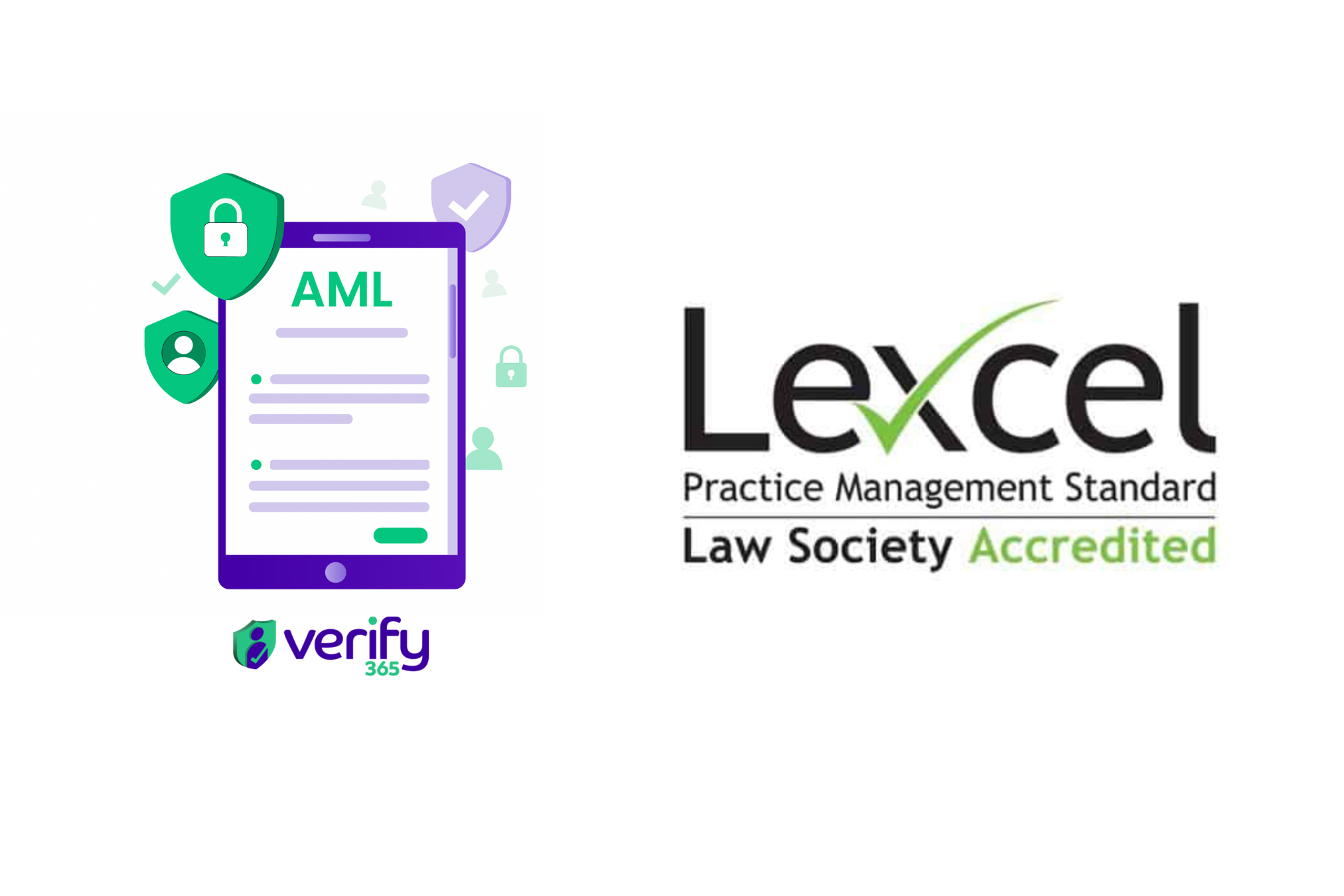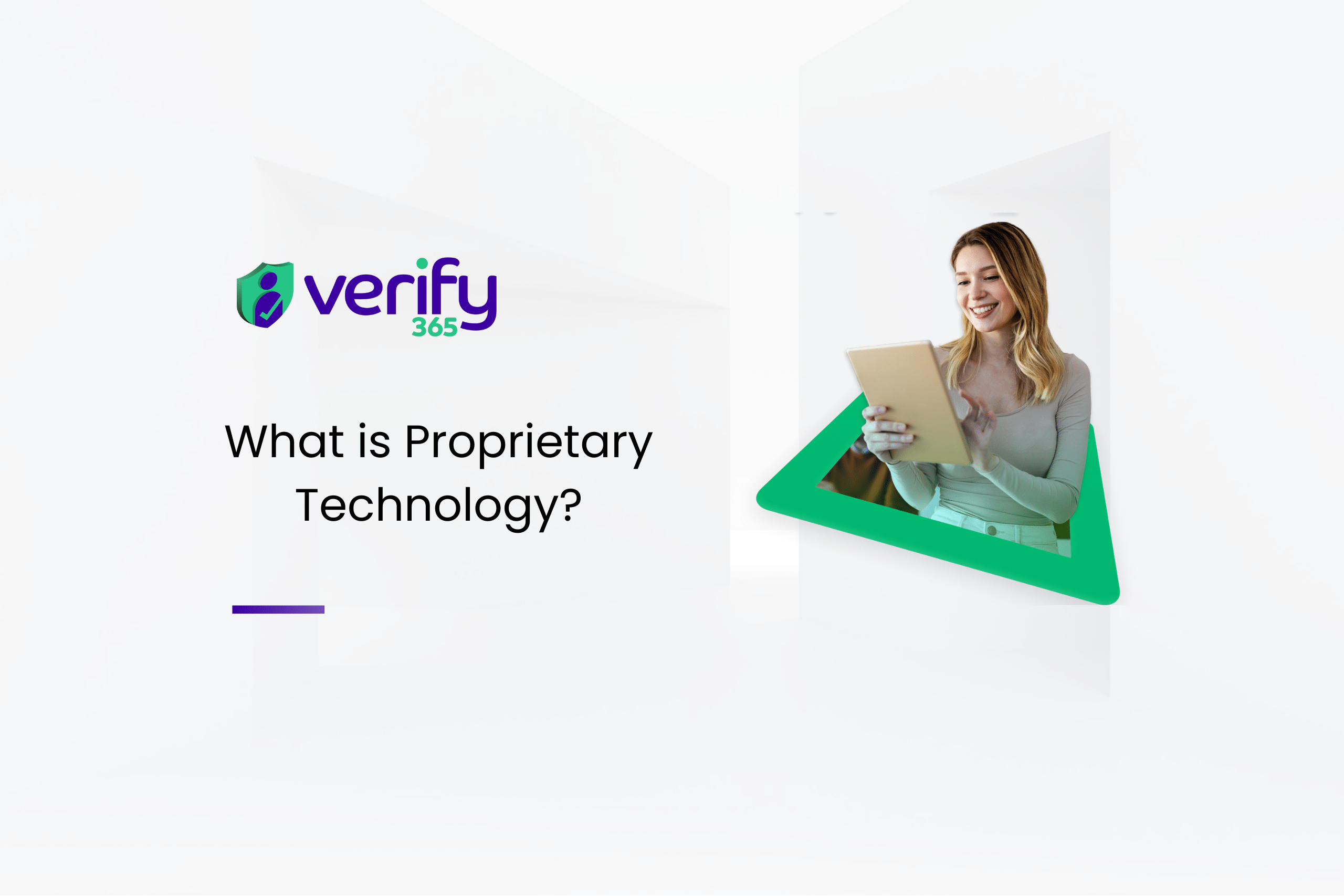The Lexcel standard, introduced by the Law Society in 1998, has evolved into a reliable method for legal practices to mitigate risks, reduce complaints, and minimise errors. For law firms aiming to enhance client satisfaction and profitability, Lexcel accreditation stands as a vital consideration.
This article explores the role of Verify 365 in ensuring Lexcel accreditation compliance, offering insights for legal professionals and law firm owners.
What is Lexcel Accreditation?
Lexcel, a ready-to-implement framework, holds the promise of refining all aspects of legal practice. Despite its potential, only a mere 16% of law firms in England and Wales possess the accreditation. Lexcel provides a structured path that yields consistent results, making it one of the most respected and effective methods for improving legal practice operations. Amidst the nearly 10,000 law firms in England and Wales, only around 1600 boast Lexcel accreditation.
How long does Accreditation last?
Lexcel certification spans three years but necessitates rigorous annual independent assessments, demanding long-term commitment. Annual maintenance visits occur in the first and second years, while re-accreditation involves full reassessment at the end of year three.
Financial investment is essential, with an annual Lexcel registration fee and a separate assessment fee to independent bodies. Lexcel accreditation doesn’t solely relate to regulatory compliance; it stands apart. However, achieving Lexcel can significantly enhance a firm’s compliance with other industry requirements, such as the Conveyancing Quality Scheme.
What are the seven assessment areas for Accreditation?
- Client Care – Automating document production, reminders, and complaint handling.
- Risk Management – Evidencing policies and procedures, independent file reviews, and anti-money laundering measures.
- People Management – Supporting role profiles, inductions, learning plans, performance management, and HR modules.
- Structure and Strategy – Assisting in defining strategy, disaster recovery plans, and cybersecurity training.
- Financial Management – Providing SRA-compliant accounts functionality for tracking performance.
- Information Management – Managing information exchange, data protection, and central policy registers.
- File & Case Management – Supporting case management, third-party management, and Lexcel processes.
What are the key Risk Management requirements by Lexcel?
The Risk management is set out in section 5
Risk Management Policy (5.1):
Practices must possess a comprehensive risk management policy encompassing:
-A compliance plan
-A risk register
-Defined roles and responsibilities for risk management
-Effective arrangements for communicating risk information.
Outsourced Activities (5.2):
-Firms must formulate a policy for outsourced activities, addressing:
-Details of outsourced activities and providers
-Procedures for quality checks on outsourced work
-Measures to ensure information protection by providers.
Named Supervisors (5.3):
Each practice area must have a designated supervisor responsible for oversight.
Managing High-Risk Instructions (5.4):
Practices need procedures to handle higher-risk instructions, including unique supervisory and reporting requirements or contingency plans.
Work Lists (5.5):
Maintaining lists of work undertaken and not undertaken, regularly updated and communicated to relevant personnel.
Generic Risks and Causes (5.6):
Firms must retain details of generic risks and claims causes associated with their areas of work, actively shared with all relevant personnel.
Key Date Monitoring (5.7):
Practices must establish a procedure for monitoring key dates, defining work-specific key dates and ensuring their recording on files and backup systems.
Conflict Handling Policy (5.8):
A comprehensive conflict policy must define conflicts, offer training for identifying them, and outline steps when a conflict is identified.
Supervision Procedures (5.9):
Ensuring active supervision for all personnel, including checks on correspondence, meetings, workload allocation, and more.
Regular File Checks (5.10 and 5.11):
Regular, independent file reviews are a must, focusing on file management and content, supported by defined criteria, frequency, corrective actions, and supervisor oversight.
Operational Risk Management (5.12):
Operational risks are considered before, during, and after instructions, with client communication, risk assessment, and reporting at different stages.
Anti-Money Laundering Policy (5.13):
A comprehensive AML policy is essential, including risk assessment, appointed officers, client identity verification, training, record maintenance, and rapid response protocols.
Property and Mortgage Fraud Prevention (5.14):
Practices should have policies that include relevant checks concerning conveyancers acting for the other party.
Bribery and Tax Evasion Prevention (5.15 and 5.16):
Procedures to prevent bribery and criminal facilitation of tax evasion must be in line with current legislation.
Financial Sanctions Reporting (5.17):
Practices need procedures to report designated persons or offenses under sanctions regulations.
Continuous Risk Assessment (5.18):
An annual analysis of risk assessment data is required, including insurance claims, client complaints trends, file reviews, breach notifications, conflicts, and more.
Verify 365 – A Synergetic Approach to Risk Management
Comprehensive Risk Management
At the heart of Verify 365 lies a robust risk and compliance platform that complements a comprehensive compliance plan. With a focus on detail, the platform facilitates the creation of dynamic risk registers, clear role definitions, and seamless communication channels. Legal professionals can effortlessly craft, implement, and uphold dynamic risk management policies, ensuring clarity, consistency, and unwavering compliance across the firm.
Navigating High-Risk Instructions with Precision
Verify 365 empowers law firms to navigate high-risk instructions with precision and confidence. By offering customisable workflows, legal professionals can establish unique supervisory and reporting mandates tailored to each matter’s risk profile. This approach ensures that even intricate and high-risk matters are handled with meticulous attention and diligence, directly aligned with Lexcel’s emphasis on comprehensive risk management.
Operational Risk Management Integration
Operational risk management is seamlessly woven into every stage of instruction processing with Verify 365. The platform facilitates risk assessment, client communication, and compliance reporting, ensuring that operational risks are consistently identified, managed, and mitigated. From inception to conclusion, the software becomes an invaluable tool in cultivating a risk-conscious approach that resonates with Lexcel’s requirements.
Holistic Anti-Money Laundering Compliance
Verify 365’s comprehensive anti-money laundering solution covers risk assessment, client identity verification, and record maintenance. This all-inclusive approach ensures anti-money laundering compliance becomes integral to the workflow. Aligning seamlessly with Lexcel’s requirements, Verify 365 guarantees that the firm’s approach to anti-money laundering is both rigorous and in line with the highest standards.
The Synergy with Lexcel Accreditation
Verify 365 becomes a transformative ally in the journey towards Lexcel accreditation.
The platform’s extensive features align harmoniously with the requirements set by Lexcel, creating a culture of proactive compliance, strategic decision-making, and accountability. Verify 365 empowers law firms to not only meet Lexcel’s standards but exceed them, transforming risk management from a mandatory obligation into a cornerstone of operational excellence and client trust.
Leveraging Verify 365’s Features
Verify 365 offers a spectrum of features that synergise with Lexcel’s risk management requirements:
DynamicID® Biometric/NFC ID Verification Check: This advanced biometric ID check, backed by AI and machine learning, ensures secure and thorough ID verification across 200+ countries and 10,000+ ID documents.
Global PEPs & Sanctions Check: With over 1,500+ global lists checked and daily monitoring, Verify 365 guarantees robust compliance with anti-money laundering regulations.
Address Verification Check: Comprehensive global address verification, including cross-checks with 17 credit reference agencies and global Electoral Registers, fortifies risk management.
Source of Funds Open Banking Statements with Analytics: This unique FCA-regulated feature, coupled with AI-based financial risk profiling, provides instant connections to over 4,000 banks, a service unparalleled in the market.
AML Lite Verifications (Dashboard Checks): For simplified AML verifications, Verify 365’s dashboard-based checks ensure seamless compliance, even for cases not requiring NFC chip-enabled Enhanced Due Diligence.
KYB Company Checks: Verify 365’s global KYB checks, including UBO verifications, offer instant access to data from 500+ million companies, fulfilling Lexcel’s requirements for robust due diligence.
eSignatures and ePayments: Verify 365’s integrated eSignature and ePayment features ensure compliance with HM Land Registry and provide digital payment options, streamlining processes and cash flow management.
eForms and Property Searches: Verify 365’s integrated eForms and property search solutions, including partnership with Index PI, facilitate efficient submissions and eliminate the need for external providers.
Want to learn more about how we can help? Book a free demo with us today.






